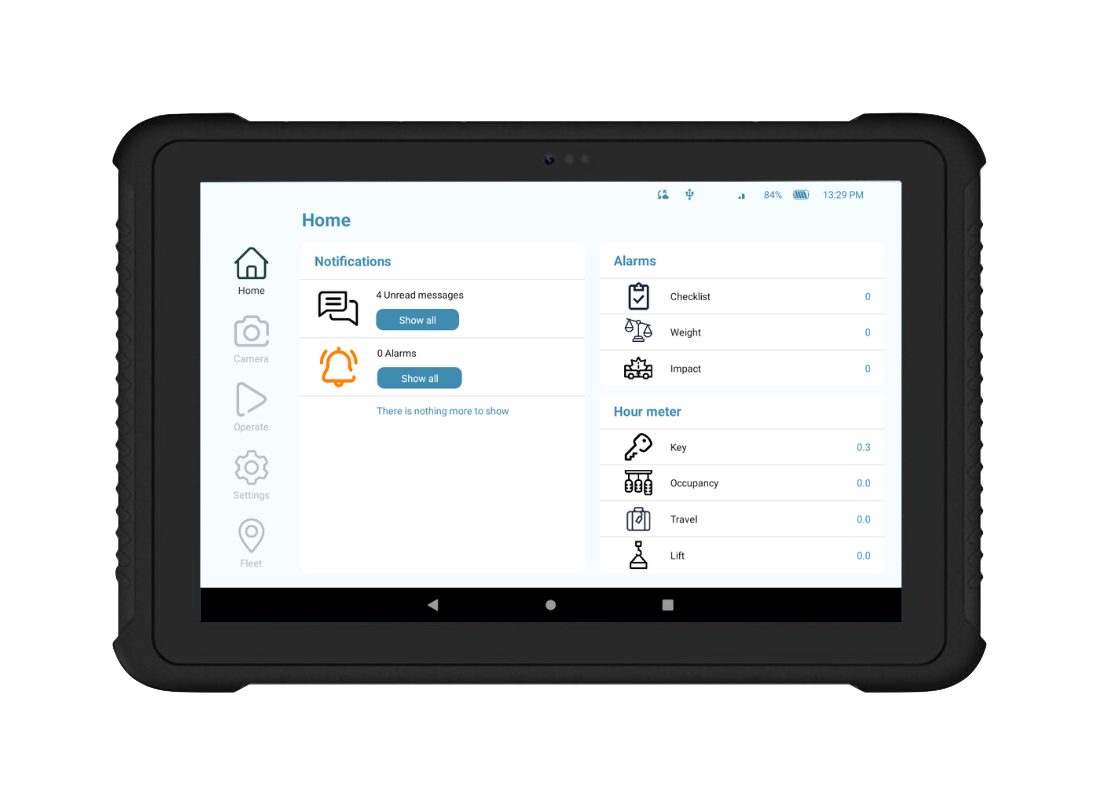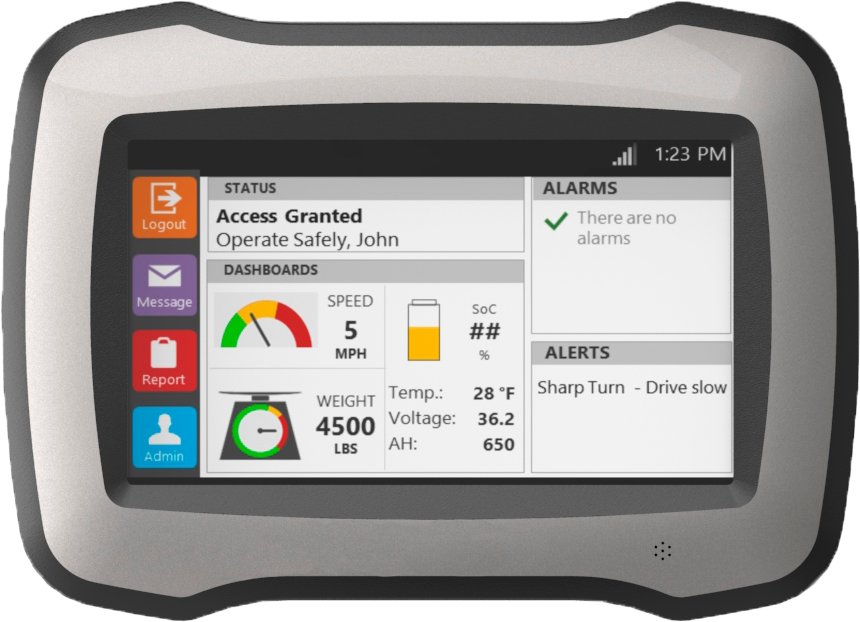THE CHALLENGE
Ground handling is a just-in-time, complicated operation made up of complex processes. Demanding operational environments often causes abuse and cost over-run. With GSE being critical in timely departures and efficient arrivals of flights, airlines’ profitability and customer satisfaction depend on it.
Without adequate insight into the efficiency of ground handling operations, GSE managers cannot meet operational goals, plan for timely maintenance needs, or enforce safety regulations.
Constant cost reduction pressure, higher GSE acquisition costs and reliance on 3rd party service providers GSE management can be a challenge.
Usage Based
Location
Tracking
Optimize Usage &
Productivity
Efficient Maintenence Management
With the largest cost components of ground handling operations being vehicle acquisition, maintenance costs and operator labor, implementing a more regulated and streamlined approach to vehicle maintenance can provide significant savings opportunities for GSE managers.
Accurate Maintenance Schedules
Uptime data reveals precise usage information that can determine the appropriate maintenance schedule for that equipment. When servicing based off of real usage, you can avoid over or under servicing vehicles.
Collision and Impact Reports
Daily system checks detect unscheduled maintenance needs, instantly notifying technicians so further damage is avoided and equipment downtime is reduced.
Daily Equipment Vital Checks
Daily equipment stats like fluid, fuel and tire pressure levels allow you to be more informed about the status of your equipment’s health so you can make adjustments to promote longer equipment lifetimes.
Optimized Equipment & Personnel Operations
It is estimated that for a large airline adding just five minutes to aircraft ground time can cost the airline up to $35 million (USD) annually. A deciding factor in meeting on-time performance goals is the efficiency of the airlines’ ground handling operations.
GPS Task Tracking
Using GPS data to determine typical task times and patterns allows you to more effectively distribute your personnel and equipment while also avoiding bottlenecks that can result in delays.
Automatic Hour Meter Readings
By eliminating manual data entry, you can reallocate your maintenance resources to other areas that demand more immediate attention.
Uptime and Usage Reports
Having greater insight into actual usage and uptimes prevents unnecessary runtimes, reducing the amount of necessary maintenance overall.
Enforced Safety Regulations
IATA estimates that the aviation industry would save $4 billion (USD) annually by improving safety and reducing damage to aircraft and ground vehicles. By implementing a system of accountability and damage prevention measures, you can avoid non-compliance with government regulations and reduce the risk of accidents that could occur in the field.
Equipment Access Control
Limiting who has access to equipment can prevent unnecessary damages and injuries caused by unauthorized users.
OSHA Compliant Safety Checklist
Enforcing a safety checklist to be completed before using equipment empowers operators to be more aware of the equipment they are operating.
Automatic Equipment Shutdown
Shutting down damaged or abused equipment can prevent further damage to the vehicle and operator.


